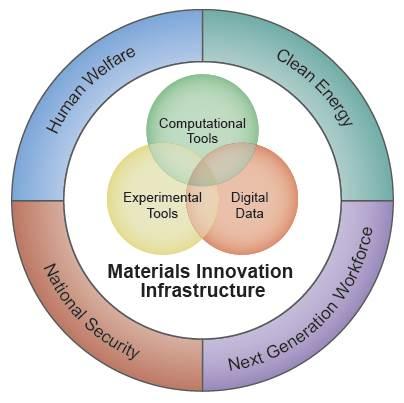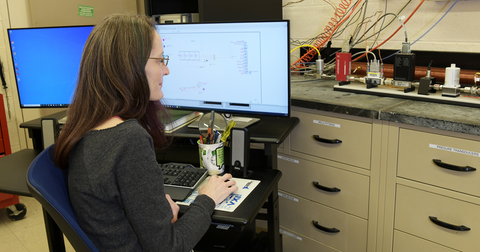Thermodynamics research at NIST helps our industrial and scientific partners develop more efficient and reliable processes by improving our understanding of how the arrangement of matter and energy impact the properties of physical and chemical systems.
Thermodynamic Data Included in Phase-Based Data Repository

An essential part of the MGI is the development of phase-based data repository. Phase-based data are important for many applications, including the development of CALPHAD-based multicomponent databases. The phase-based data include zero-dimensional, one-dimensional, two-dimensional, and three-dimensional data. Examples of some of the phase-data included are phase transformation temperatures (e.g. melting, solidus, solvus), lattice parameters, thermal expansion, elastic constants, and diffusion coefficients and compositions profiles. These data are reported as functions of composition, temperature and/or pressure.
This repository consists of three data sources:
- Curated experimental and computational multicomponent alloy data in support of the development Co-based superalloys. Currently the data are focus on diffusion data and transition temperatures. These data are curated using the NIST Materials Data Curation System. This collection is being developed in conjunction with CHiMaD.
- Thermodynamic Research Center Data provides access to thermophysical property data with a focus on unary, binary, and ternary metal systems through a free online web application and associated API. All data are from original experimental publications and include full provenance and critically evaluated uncertainty.
- Self diffusion and impurity diffusion coefficient data (experimental and computational) are searchable via the periodic table.
Reliable Flow for Chip Makers

Researchers at the National Institute of Standards and Technology (NIST) have begun an ambitious project to attack a vexing problem in the semiconductor industry: rigorous flow control of the many gases used in making semiconductor microchips.








